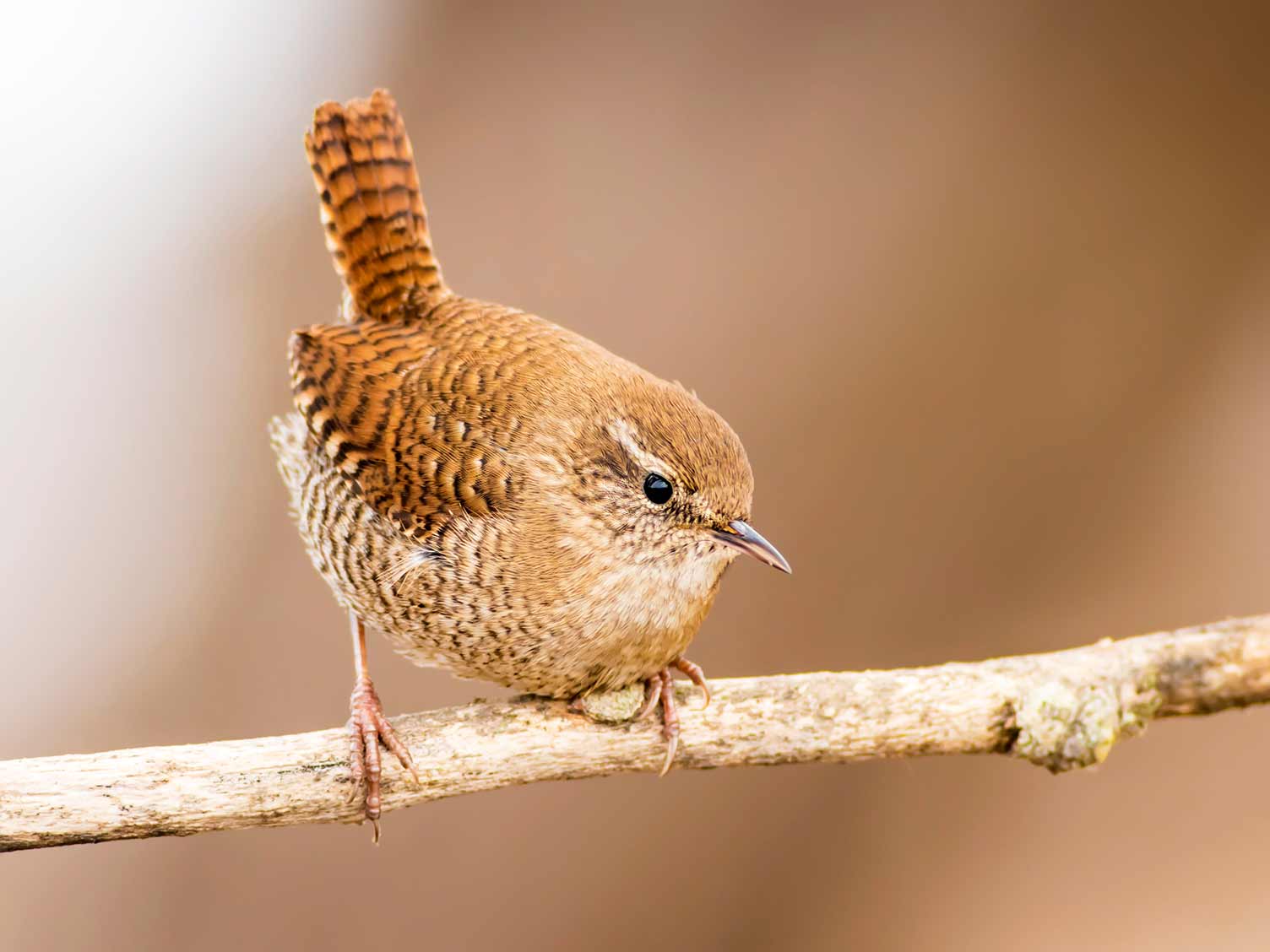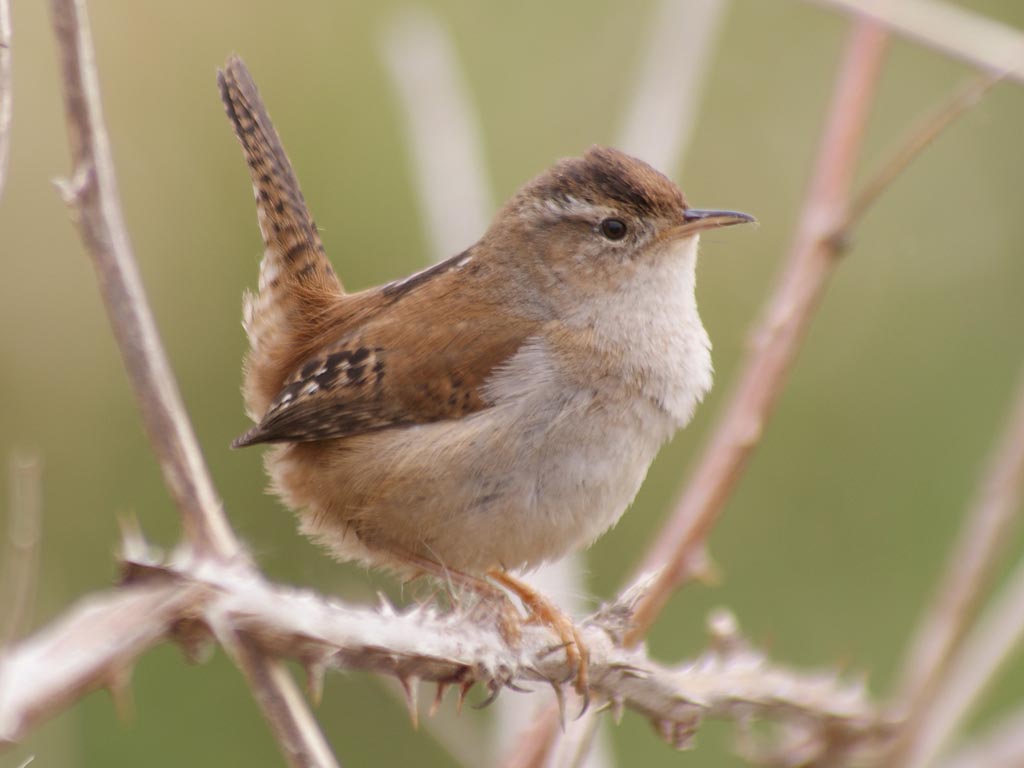

Males may have black throats and masks, while females are generally lighter and may have a brown line extending backward from each eye.

Size: Wrens are very small–even smaller than sparrows.The oldest recorded House Wren was at least 9 years old, when it was recaptured and rereleased during banding operations in New York in 1993, the same state where it had been banded.Wrens are small birds with big voices.

Young males may take clues from more experienced males about what areas are good nesting sites. Experienced males tend to settle farther apart. Male House Wrens returning north to breed in their first year are more likely to settle close to an established male than farther from it.If a cold snap chills a nest below about 65 degrees Fahrenheit for more than a day it can also doom the eggs. If a sun-drenched nest box warms above about 106 degrees Fahrenheit for an hour, the eggs will begin to die. For House Wren eggs, temperature inside the nest box can be critical to survival.

In some areas they are the main source of nest failure for bluebirds, Tree Swallows, Prothonotary Warblers, and chickadees. Wrens will harass and peck at much larger birds, sometimes dragging eggs and young out of a nest site they want – even occasionally killing adult birds. A House Wren weighs about as much as two quarters, but it’s a fierce competitor for nest holes.In lab studies, once the spiders hatched, they helped the wrens by devouring the nest parasites. Perhaps to fight this problem, wrens often add spider egg sacs into the materials they build their nests from. As the season progresses their nests can become infested with mites and other parasites that feed on the wren nestlings. House Wrens nest inside tree holes and nest boxes.It breeds from Canada through the West Indies and Central America, southward to the southernmost point of South America. The House Wren has one of the largest ranges of any songbird in the New World.


 0 kommentar(er)
0 kommentar(er)
